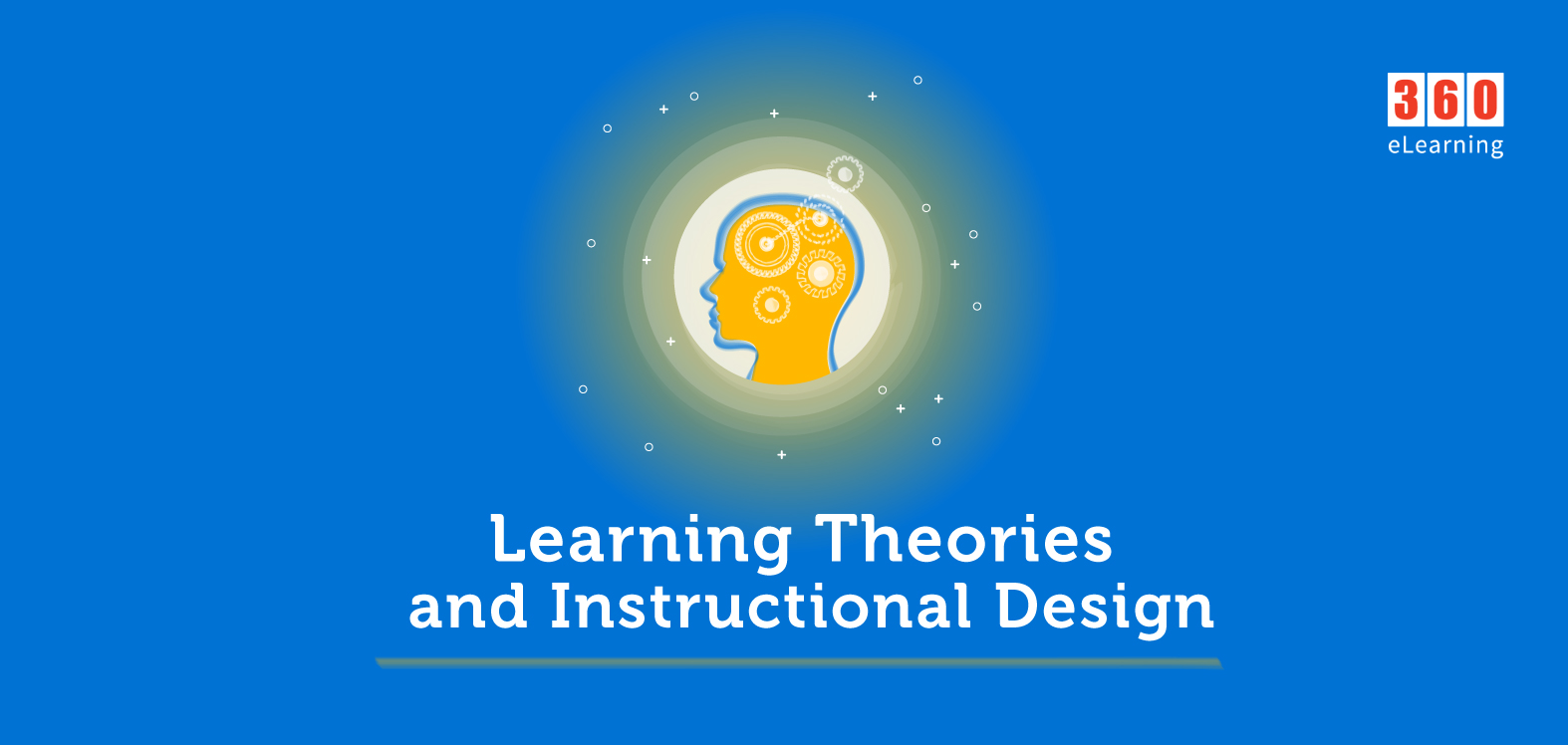Various learning theories and instructional design strategies can be used to teach students but in each instructional design with respect to learning theory is different while developing a lesson plan. The focus of this article is to inform the reader about what kind of activities include in instructional design with respect to different learning theories. Let’s look at each learning theory, its definition, and type of activities in it.
1. Behaviorist Learning Theory and ID
Based on observable changes in behavior. Behaviorism focuses on a new behavioral pattern being repeated until it becomes automatic. In class-learning, behaviorism is like delivering lectures from instructors and students memorizing the content delivery in the presentation. Teacher/instructor use positive and negative reinforcement to change the behavior of learner. Pavlov and Skinner have done a lot of work on behaviorist theory and explains that reinforcement drives behavioral responses.
Characteristics
- Lecture-based, highly structured
- Create measurable learning outcomes
- Use tangible rewards and informative feedback
- Guide students in mastering a set of predictable skills or behaviour
- Teacher-centric environment
- Passive learning
- One size fits all
- Multiple choices and true-false questions
- Use positive and negative reinforcement to change the behavior of the learner
Instructional Design
Behaviorists try to assess learners to determine a starting point for instruction. When designing from a behaviorist stance. The designer analyzes the situation and sets a goal. Individual tasks are broken down and learning objectives are developed. In this approach, the designer decides what is important for the learner to know and attempts to transfer that knowledge to the learner. The learning package is somewhat of a closed system.
2. Cognitivism Learning Theory and ID
Cognitivism focuses entirely on processes occurring inside the mind of the learner and observes new behavior patterns. Metacognition strategies are used in this approach. The learner is actively thinking about the concepts teach by the instructor and try to relate with real-life implication. Cognitive theorists recognize that much learning involves associations established through contiguity. Cognitive theorists view learning as involving the acquisition or reorganization of the cognitive structures through which individuals process and store information.
Characteristics
- Meaningful and memorable learning
- Curiosity encouraged
- Staged scaffolding
- Metacognition strategies in lesson planning
- Instant feedback
- Demonstration with real-life examples
- Active learning
- Group discussion
Instructional Design
Cognitivists, look at the learner to determine their predisposition to learning. Analyze which tasks are appropriate for effectively and efficiently processing information. Apply a variety of learning strategies. The designer should provide activities that learner compared existing cognitive structure with new information. Provide feedback about the correctness of responses from learners to motivate them to think what is relevant and how much important for them about a particular concept.
3. Constructivism Learning Theory and ID
The learner is in control of his or her own learning. The learner is participation in communities of practices. The learner is able to interpret multiple realities, the learner is better able to deal with real-life situations. If a learner can be a problem solver, they may better apply their existing knowledge to a novel situation.
- Provide multiple representations of reality – avoid oversimplification of instruction by representing the natural complexity of the world
- Present authentic tasks – contextualize
- Provide real-world, case-based learning environments, rather than pre-determined instructional sequences
- Foster reflective practice
- Enable context- and content-dependent knowledge construction
- Support collaborative construction of knowledge through social negotiation, not competition among learners for recognition
Characteristics
- Pose good problems
- Group learning activities
- Guided Process of knowledge construction
- Teacher role as facilitator
- Peer learning
- Active and long-term engagement with tasks
- Self-assessment of learning
- Collaborative & cooperative learning
Instructional Design
To design from a constructivist approach requires that the designer produces a product that is much more facilitative in nature than prescriptive. The content is not pre-specified, the direction is determined by the learner and assessment is much more subjective because it does not depend on specific quantitative criteria, but rather the process and self-evaluation of the learner. Provide group activities for students to learn with other group members. Motivate learners to learn their own self. Give them feedback on the end of the designed activity.
Conclusion
Finally, though Instructional Design may have a behaviorist tradition, new insights into the learning process continue to replace, change and alter the process. Advancements in technology make branched constructivist approaches to learning possible. Whether designing for training or education, the instructional designer’s toolbox contains an ever-changing and the increasing number of theoretical applications and physical possibilities. With the intelligent application of learning theory strategies and technology, the modern designer will find solutions to the learning requirements of the 21st century.


